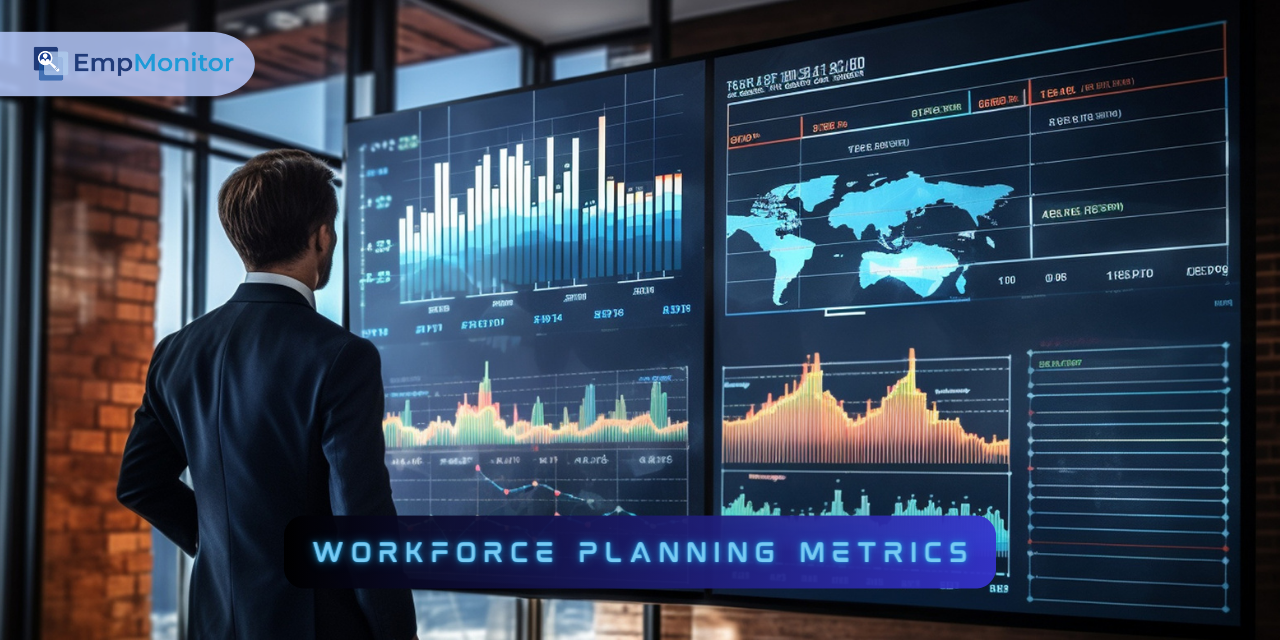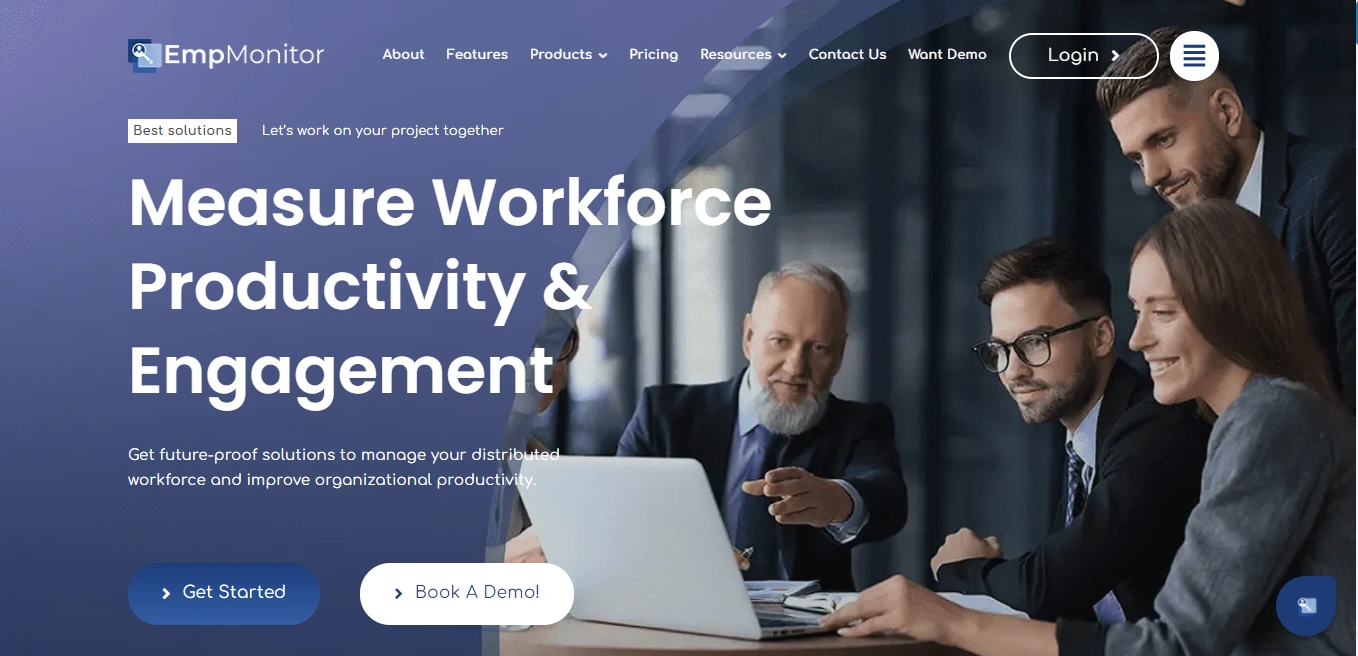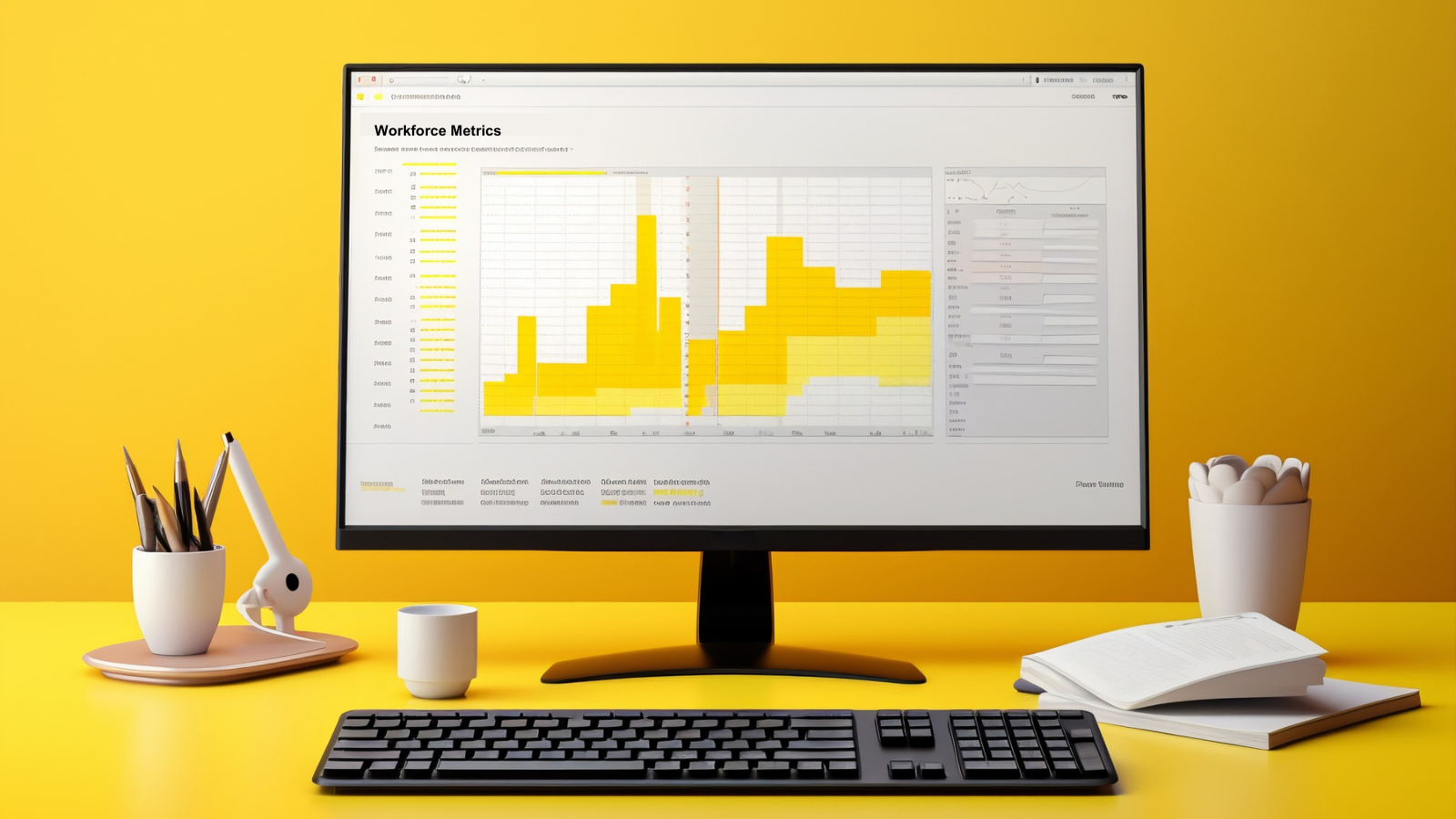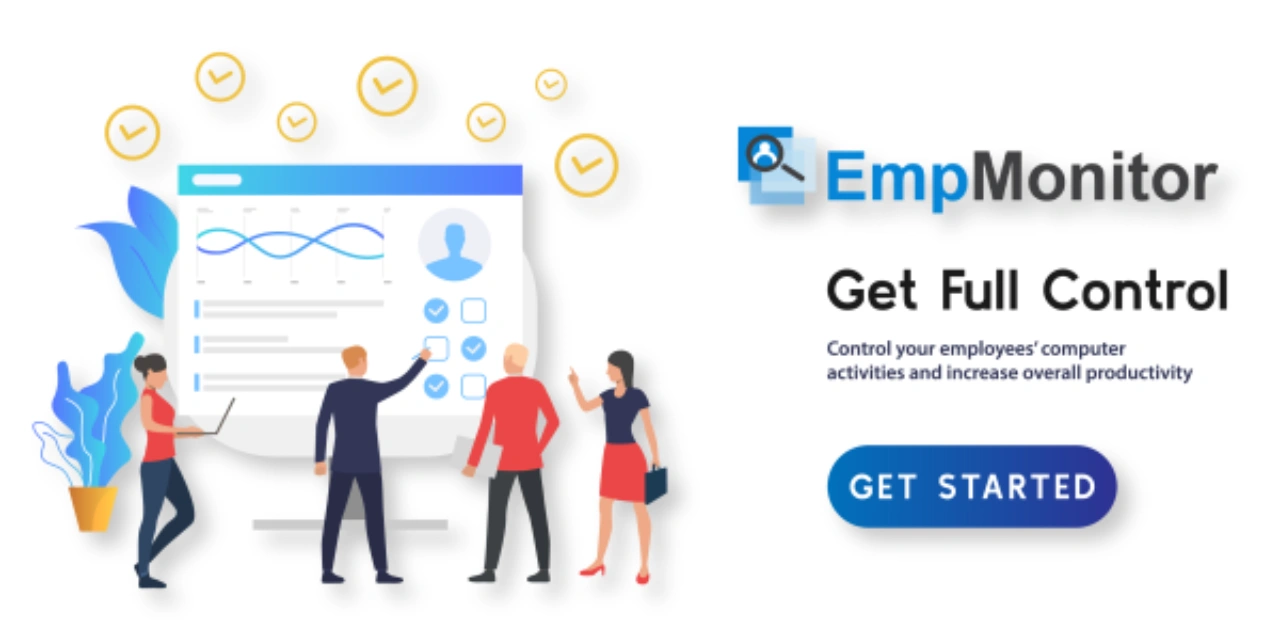Strategic workforce planning has emerged as a cornerstone for organizations striving to thrive in the competitive environment of modern business. At the heart of this strategic planning lies the diligent tracking and analysis of workforce planning metrics. These metrics act as a compass, guiding businesses toward effective resource allocation, talent management, and overall organizational success.
As businesses navigate through challenges such as fluctuating market demands, evolving technologies, and dynamic workforce preferences, the need for data-driven decision-making has never been more pronounced. These metrics offer invaluable insights into various facets of an organization’s workforce, empowering leaders to make informed decisions that drive productivity, engagement, and profitability.
In this blog, we’ll explore the importance of workforce planning metrics and discuss the essential metrics every organization should track to drive success.
Additionally, we’ll delve into how innovative solutions like employee monitoring software can empower organizations to leverage workforce data effectively and optimize their workforce management processes.
Hit ‘Play’ Button & Tune Into The Blog!
What Is Workforce Planning Metrics?
Workforce planning metrics are measurements used to assess various aspects of an organization’s workforce, from recruitment and retention to performance and productivity. These metrics are essential tools in strategic human resource management, enabling organizations to analyze workforce trends, anticipate future needs, and align staffing levels with organizational goals.
Workforce metrics include various indicators, such as employee turnover rates, skills gaps, productivity levels, diversity metrics, and more.
Want to optimize your workforce? EmpMonitor provides powerful tools to help you manage and analyze your team effectively.
Important Workforce Planning Metrics To Focus
Among various available metrics, selecting the right ones that align with your company’s goals is crucial for effective workforce planning. Let’s explore these key metrics and uncover how they steer informed decisions in shaping organizational strategy.
Headcount
Headcount metrics track the overall number of employees within the organization at a given time. It provides a foundational understanding of workforce size and composition, enabling comparisons over time and across departments or locations.
It includes breaking down headcount by departments, teams, and categories of employees like full-time, part-time, and contracted positions. By analyzing headcount data, organizations can assess their capacity to meet operational needs, allocate resources effectively, and identify trends in workforce growth or contraction.
Employee Turnover Rate
Employee Turnover Rate measures the percentage of employees who leave an organization within a certain period. It can be categorized into voluntary turnover (employees leaving willingly) and involuntary turnover (employees leaving due to termination or layoffs).
Voluntary turnover occurs when employees leave for reasons like seeking better opportunities or dissatisfaction with job roles or company culture. A high rate may signal problems such as ineffective leadership or limited career growth.
Involuntary turnover results from factors like poor performance, misconduct, or policy violations. A high rate may indicate issues in performance management or alignment with organizational goals.
Attrition Rate
Attrition Rate measures the percentage of employees leaving an organization within a specific period but with one key distinction from turnover rate: with attrition, employees leave the company voluntarily, and their positions are not typically refilled afterward.
Reasons for attrition vary and may include retirement, resignation, returning to school, or personal health reasons.
Unbalanced attrition rates may lead to staffing downsizing or an aging workforce. Investing in retention programs is crucial to prevent high attrition and retain talent, ensuring they reach their full potential within the company.
Absenteeism Rate
The Absenteeism Rate measures how often employees are absent from work, whether due to personal or workplace factors, including unplanned leave or frequent single days off. Excessive absenteeism disrupts workflow, hampers team collaboration, and reduces productivity.
By monitoring absenteeism rates, organizations can identify patterns, address underlying causes such as workplace stress or dissatisfaction, and implement measures to promote employee well-being and attendance.
Various employee monitoring software, such as EmpMonitor, can help maintain attendance records automatically and eliminate the hassle associated with manual attendance registers.
Time to Hire
Time to hire measures the average duration from initiating a job search to the candidate’s acceptance of an offer. Understanding Time to Hire provides insights for streamlining workflows, attracting top talent, and aligning with organizational objectives, ultimately improving productivity and competitiveness.
Monitoring this metric is essential for strategic workforce planning as it helps identify bottlenecks, optimize strategies, and enhance the candidate experience, ensuring timely staffing solutions.
Employee Engagement
Employee engagement rate assesses employees’ commitment and motivation to their work and the organization while taking into account elements such as job satisfaction and willingness to go the extra mile. High engagement levels are associated with greater productivity, retention, and overall organizational performance, making it an important statistic.
While difficult to measure due to its subjective nature, methods like surveys and one-on-one discussions can help monitor employee mood and engagement levels.
Employee Productivity
Employee productivity rate is a metric used to measure the efficiency and output of individual employees or teams within an organization over a specific period. It typically compares the output produced by employees to the resources (such as time, labor, or costs) invested in generating that output.
Employee productivity rate is generally calculated by dividing total output by total input, with output measured in units produced, tasks completed, sales generated, or other relevant workforce planning metrics, and input including factors like hours worked, labor costs, or resources used.
This rate enables organizations to identify opportunities for improvement, optimize workflows, and allocate resources more effectively to enhance overall performance.
Implementing productivity monitoring software can provide valuable insights into employee efficiency and identify areas for improvement. Various workforce planning tools, like EmpMonitor, are available to assist organizations in tracking and optimizing employee productivity.
Workforce Management With EmpMonitor
Workforce planning software like EmpMonitor can revolutionize how organizations manage their workforce. It streamlines processes, enhances decision-making, and ensures alignment between workforce capabilities and organizational goals.
Let’s explore the features of EmpMonitor and how they align with the importance of workforce planning metrics discussed earlier:
Attendance Tracking: EmpMonitor automates attendance tracking, eliminating manual processes and ensuring accurate records. It enhances workforce management, optimizes resource allocation, and effectively addresses absenteeism.
Productivity Monitoring: This workforce management software offers valuable insights into employee productivity levels. Employers can improve productivity by tracking metrics like task time and application usage to streamline workflows and eliminate inefficiencies.
Real-time Reporting: It also offers real-time reporting, providing up-to-date insights into workforce performance. Access to actionable data empowers organizations to make informed decisions promptly and tackle challenges effectively.
Activity Monitoring: EmpMonitor enables discreet activity tracking, monitoring website visits, application usage, and keystrokes.
Remote Work Support: EmpMonitor facilitates remote team management with remote check-in/out and tracking progress and time. This functionality ensures organizations maintain visibility into remote workforce activities, fostering productivity and collaboration.
Internal Threat Protection: EmpMonitor includes features for internal threat prevention and
data loss prevention, such as detecting unusual or suspicious employee behavior, monitoring file access and transfer activities, USB detection, and identifying potential data breaches.
EmpMonitor’s comprehensive features align seamlessly with the importance of workforce planning metrics, enabling organizations to leverage data-driven insights for strategic decision-making, resource optimization, and organizational success. With EmpMonitor, organizations can unlock the full potential of their workforce and thrive in today’s dynamic business landscape.
Read More
How To Revolutionize Workforce Planning Software With Artificial Intelligence
05 Best Strategies For Implementing Successful Workforce Planning
Workforce Planning And Analytics: Why It Is Helpful?
What Is The Importance Of Workforce Planning Metrics?
Proper workforce planning metrics are crucial for organizations to manage their workforce effectively. They are essential for several reasons:
- Informed Decision-Making: Metrics provide valuable insights that enable informed decision-making at all levels of the organization. Leaders can use workforce data to identify trends, anticipate future needs, and allocate resources effectively, whether it’s in recruitment, training, or talent development.
- Resource Optimization: By providing insights into workforce composition, skills, and performance, these metrics help optimize resource allocation, ensuring that the right talent is deployed in the right roles at the right time.
- Talent Management: These metrics aid in identifying high-potential employees, addressing skill gaps, and implementing targeted development programs, thereby nurturing talent within the organization.
- Risk Mitigation: These are the workforce planning metrics that help organizations identify and mitigate risks associated with workforce challenges, such as talent shortages, skills gaps, or succession gaps.
- Talent Management: Metrics support effective talent management practices by providing insights into employee engagement, performance, and development needs. It enables organizations to identify high-potential employees, provide targeted development opportunities, and retain top talent.
- Cost Efficiency: By optimizing staffing levels, reducing turnover rates, and enhancing productivity, workforce planning metrics contribute to cost savings and improved organizational performance.
- Decision Support: Workforce planning metrics provide data-driven insights that support informed decision-making across various HR functions, including recruitment, training, and succession planning.
Final Thoughts
Workforce planning metrics are not just numbers on a spreadsheet; they are the compass guiding organizations toward success in today’s competitive business landscape. By diligently tracking and analyzing key metrics such as headcount, turnover rates, absenteeism, and productivity, businesses and organizations can gain invaluable insights into their workforce, enabling informed decision-making and resource optimization.
Moreover, leveraging innovative solutions like EmpMonitor can further enhance workforce management processes, ensuring alignment between organizational goals and workforce capabilities. By leveraging technology-driven strategic workforce planning tools, organizations can unlock the full potential of their workforce, poised for sustained success in the ever-evolving business environment.














